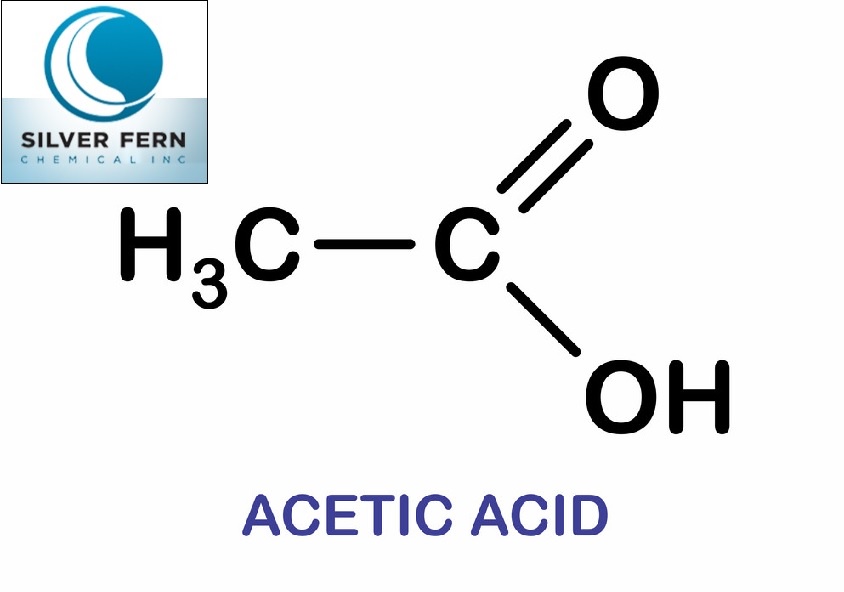Say the company you work for manufactures vinyl acetate monomer (VAM), used to make plastics, coatings and adhesives. And that also means several factory workers, chemists, engineers, and other personnel may be involved in producing, handling or storing acetic acid.
This colorless, pungent-smelling liquid is widely used in manufacturing, agriculture, and industrial cleaning. But it’s also a highly corrosive and hazardous substance that needs to be handled properly to prevent accidents and exposure.
That's why anyone who comes in contact with it must know how to handle the chemical a safely.
Understanding Acetic Acid SDS Safety
Anyone who handles or comes into contact with acetic acid should be well-versed in the Safety Data Sheet.
The acetic acid SDS is a set of guidelines that outlines the proper handling, storage, and disposal of acetic acid. That includes information on acetic acid's physical and chemical properties, its potential health hazards, and the appropriate safety precautions.
Hazards of Acetic Acid
Direct exposure can cause severe eye and skin irritation, respiratory problems, chemical burns, and even death. And it’s a highly flammable substance that can cause fires if improperly handled.
Some of the more common risks include:
- Short-term exposure may cause eye and skin irritation, leading to redness, itching, and burning sensations. Inhaling high concentrations of acetic acid can cause respiratory problems, such as coughing, wheezing, and shortness of breath.
- Long-term exposure has been linked to chronic respiratory conditions, such as bronchitis and asthma, and neurological effects, such as headaches and dizziness.
- Prolonged or repeated skin contact with acetic acid can lead to severe chemical burns that require medical attention.
- Ingesting or inhaling large amounts of acetic acid can cause systemic effects, such as metabolic acidosis, leading to organ failure and even death.
The severity of the effects depends on the acetic acid concentration, the duration of the exposure and the age, sex, and pre-existing medical conditions of the person exposed to it.
Although acetic acid can have serious health effects, proper handling and management drastically minimizes those risks.
Safety Precautions
Here are some best practices to consider when handling the chemical:
- Personal Protective Equipment (PPE): The PPE protects against chemical burns and chemical exposure and includes, but is not limited to, safety goggles, gloves, and protective clothing.
- Storage and handling: Acetic acid should be kept in a cool, well-ventilated area. Avoid water, metals, oxidizers, or alkalis. Always use appropriate containers and labeling to prevent accidental exposure.
- Emergency procedures: Seek immediate medical attention in an emergency with te chemical. All those who come into contact with it should also be familiar with the nearest emergency eyewash station, shower, and fire extinguisher.
- Disposal: Always follow local, state, and federal regulations when it comes to the removal of the chemical. That said, it should never be disposed of in the trash or down a sink drain.
Handle with Care!
How common is acetic acid? Even kids use products that contain it, as polyvinyl acetate (PVA) glue – better known as white or “school” glue – is made with small concentrations of acetic acid. It’s what controls the viscosity and improves its bonding properties.
However, exposure to the chemical itself can pose serious risks. That’s why anyone who comes in contact with it should know more about acetic acid and how to stay safe when handling it.


No comments yet